9 Tips for Starting Your Car in Cold Weather
Cranking your engine in cold weather can be a struggle. Icy temps sap battery power, thicken engine oil, and freeze moisture in fuel lines. But you’re not helpless against winter’s freezing assault.
From proactive maintenance to strategic parking, here are nine simple strategies go a long way toward smooth winter starts.
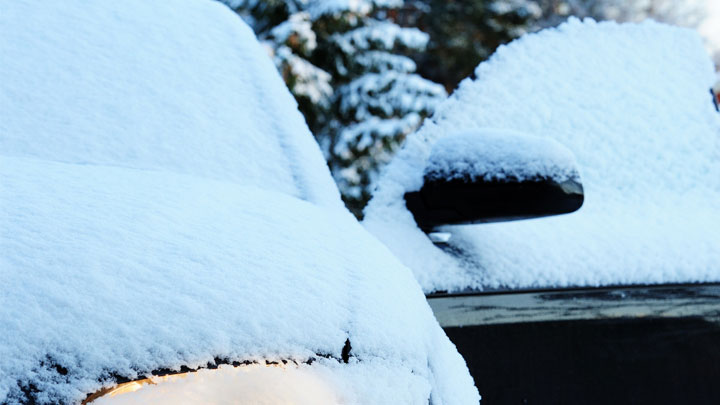
Related: Can Gasoline Freeze?
Top 9 Tips to Get Your Car to Start in Cold Weather
Here are a few tips that will help you properly start your vehicle while the temperature of its surrounding environment is cold.
#1 – Use the Proper Oil
As you probably know, there are different types of oils for vehicles. Check your owner’s manual and see which type of oil your car is supposed to take. Most oil types are identified with two numbers, such as 10W-40 or 5W-20.
For colder climates, you typically want the first number to start with a 0, 5, or 10. But make sure to double check the manual just to make sure.
See Also: Where’s the Cheapest Place to Buy Motor Oil?
#2 – Park Car in Garage

If you park your car inside a garage while its cold outside, you will be keeping it warm and will prevent any problems with your oil or battery.
If there is no garage available, the next place to park is near a large object like a big tree or carport. This will slightly act as a source of insulation and block wind to make it just a bit warmer for the vehicle.
See Also: Why Is There Frost On the Inside of Your Windshield?
#3 – Turn Off Accessories at Startup
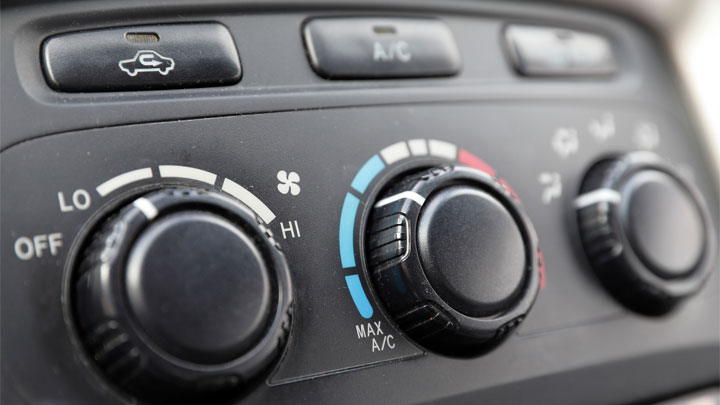
When you turn the key in the ignition, you’ll want the power of your battery to be conserved as much as possible so that you can turn over the engine. To help do this, turn off the defroster, heater, headlights, and any other electrical accessories that you may have left on.
#4 – Make Sure Your Battery Is In Good Condition
Replacing an old or worn-out car battery is essential for cold weather conditions. The CCA (cold cranking amps) rating indicates how much power the battery can deliver at low temperatures. Look for a battery that is specifically designed for cold weather conditions and has a high CCA rating.
If your current battery is several years old, it may be time to replace it with a new one. Shopping for a battery with a high CCA rating and designed for cold weather use can help ensure your car will be able to start in even the coldest of weather conditions.
#5 – Check Your Antifreeze Levels
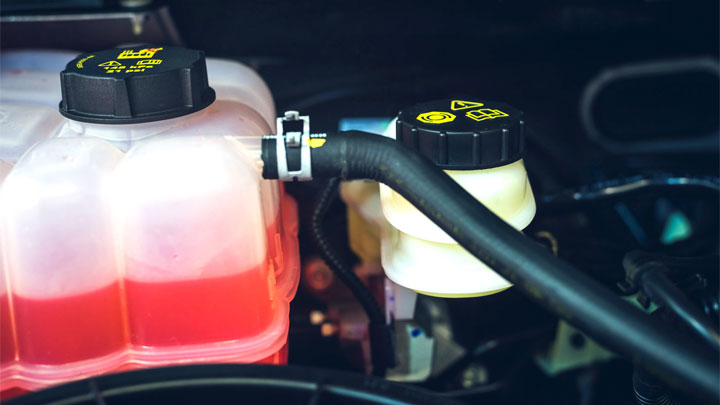
Checking your coolant/antifreeze levels is necessary for cold weather conditions as it is in warm weather. Locate your coolant overflow tank and check the fluid level to make sure that it’s not below the ‘minimum’ line.
If you need to add more, make sure to use the correct type of coolant for your vehicle. Some antifreezes are specifically designed for certain vehicle makes and models and even for cold weather use.
#6 – Use a Block Heater
Using a block heater is beneficial for areas which get extreme cold weather conditions. Block heaters come in a variety of sizes and are designed to fit most vehicles. Plug in the block heater to an electrical outlet and let it do its job.
It usually takes about an hour for it to get the engine up to temperature. Using a block heater can make it much easier to start your car in cold weather and reduce wear and tear on the engine.
#7 – Use a Fuel Additive
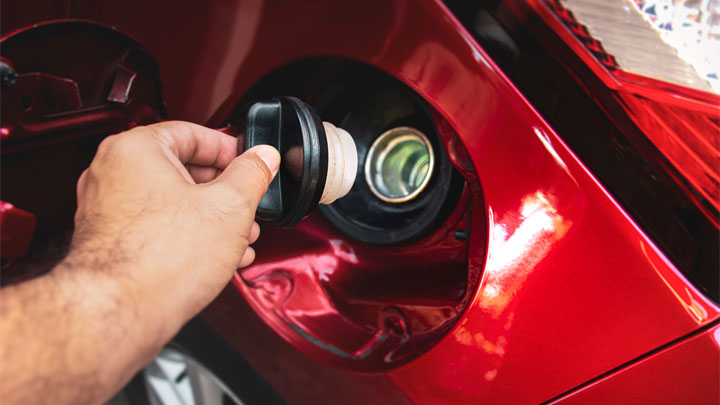
Fuel additives help prevent gasoline from freezing and gelling up. With most fuel additives, you simply pour a small bottle into your gas tank. This can help ensure that your car starts up in even in temperatures well below zero.
It’s important to follow the directions of usage on the bottle as there are ideal conditions you’ll want to meet to get the best results. Keep in mind that a fuel additive isn’t some miracle cure for hard starts in cold conditions but in certain instances, it can help improve your odds.
#8 – Crank the Engine (Again)
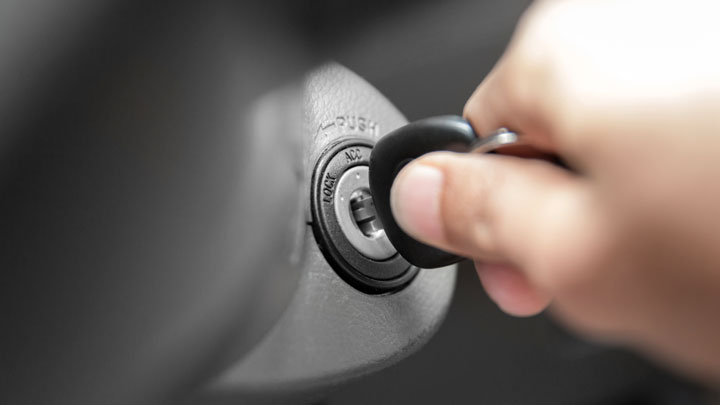
If you turn the key in the ignition and the engine doesn’t turn over, try turning the key again for a couple of seconds more. Sometimes it simply takes more than one attempt.
Don’t do this for longer than five seconds because it could overheat the starter motor. Just wait for about 60 seconds and then try again for a few seconds more. This tends to help it start up in the cold.
See Also: Battery Keeps Dying? (Here’s Why)
#9 – Jump Start
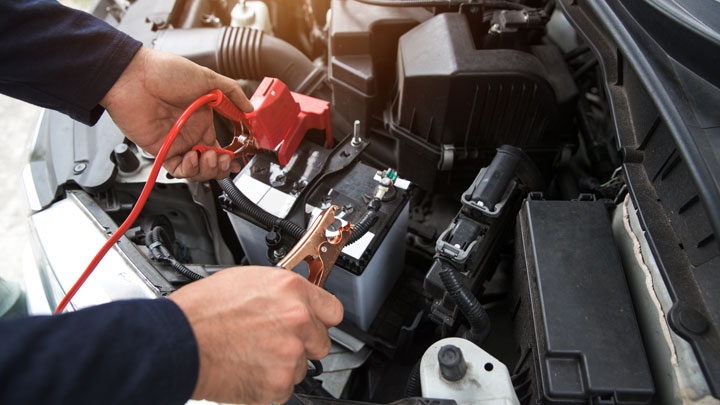
Sometimes your car may just need a jump start to get going in the cold weather. If there is another available car around that works properly, take some battery cables and connect them to the batteries of both cars. Or simply use a portable jump starter if you have one in your car.
You should also use one of these jump methods if the engine starts up slowly too.
Following these tips will certainly help get you through those cold winter months with fewer car troubles. Of course, if your car is repeatedly having problems starting up, there may be something else going on internally such as a bad battery or alternator so keep that in mind as well.
- Replace the Engine or Replace the Car? (11 Factors to Consider) - Apr 11, 2024
- Plastic Piece Dragging Under Your Car? (What It Is and What To Do) - Mar 21, 2024
- Timing Belt vs Timing Chain (What’s the Difference?) - Feb 27, 2024

Some time ago, my now deceased husband used a device to put into the car’s engine to keep the oil warm, I think. The car would start up on freezing cold winter days when it was parked outside. Can anyone tell me if this device or something like it is available now a days.
They’re not as common as they used to be, but an engine block heater is what you’re referring to. Here’s a good article on them: https://www.lifewire.com/car-block-heater-frozen-north-534833